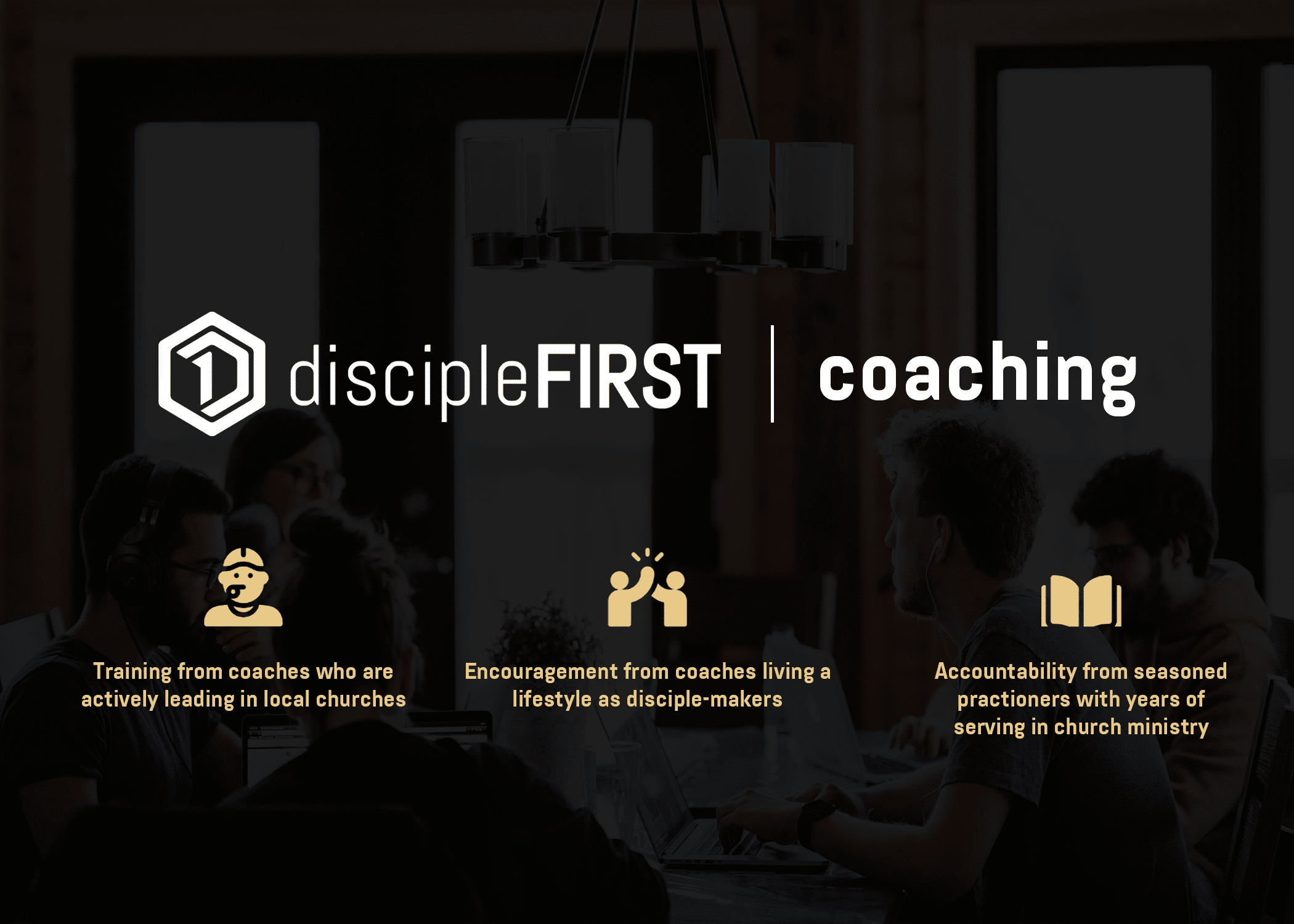Jesus had a strategic plan for making disciples
Jesus did not make disciples in a haphazard or random way. He was strategic with every move and intentional at every turn because his goal was to turn the common men he had into uncommon movement leaders.
So how did he do it? Robert Coleman, in his book The Master Plan of Evangelism, describes this plan of Jesus.
“It is so unassuming and silent that it is unnoticed by the hurried churchman. But when the realization of his controlling method finally dawns on the open mind of the disciples he will be amazed at its simplicity and wonder how he could have ever failed to see it before. Nevertheless, when his plan is reflected on, the basic philosophy is so different from that of the modern church that its implications are nothing less than revolutionary” (p. 24).
Recovering the revolutionary plan of Jesus
This short quote is so profound. While it was written over fifty years ago, it remains relevant today. Coleman asserts that Jesus’ plan is often missed by the hurried church leader, and his plan is very different from that of the modern church. However, at its core, it’s revolutionary. What we need to do is to recover the revolutionary plan of Jesus.
Jesus understood that people grow in stages
Jesus knew that people grow in stages. On one occasion, Jesus explained that the kingdom is like a grain of wheat that grows unseen. It first sprouts in the ground, then grows the blade, then the head, then the grain is ready to harvest (Mark 4:26-29).
The Apostle John, writing later as an old man, explained spiritual growth in stages like the growth of a baby from childhood to a young adult, and then to adulthood (1 John 2:12-14). In the same way, Jesus explained that a person grows spiritually through four distinct stages.
The four stages of spiritual growth
We see a glimpse of this in the Great Commission text of Matthew 28:19-20. Jesus commanded his men to make disciples of all nations and showed them how in four stages.
1. Engage spiritual explorers
The first stage is to engage spiritual explorers with the claims of Christ and help them find answers to their spiritual questions. Jesus told his men to “go,” which is literally translated, “as you go.” Jesus wanted his disciples to go into the world, and as they went, preach the gospel.
This was something Jesus spent a good deal of time showing them how to do, which was breaking down their prejudices and demonstrating how to cross barriers to get the gospel out. Jesus was a friend of sinners (Matthew 11:19), and he continually reminded them that he had come “to seek and to save the lost” (Luke 19:10).
Now, he wanted them to do the same. He said, “as the Father has sent me, I also send you” (John 20:21). The first stage of disciple-making was for his men to engage spiritual explorers and to help them find answers to their spiritual questions.
2. Connect new believers to faith and community
The second stage was to help new believers make critical connections and build them up in their faith. He said, “baptizing them in the name of the Father, and of the Son, and of the Holy Spirit…” (Matthew 28:18-20). Baptism indicates that these were new believers in Jesus. And baptism is important because it is a sign of identification and inclusion.
Those who were publicly baptized were first identifying themselves with Jesus and they were included into the family of faith. This is why we speak about critical connections here. New believers need to connect with Jesus publicly, with other believers in community, and ultimately, with the cause of Jesus.
3. Grow disciples through obedience and training
The third stage is to help these believers grow as disciples. He continued, “teaching them to observe (obey)…”. Once these new believers were sufficiently connected to their new community and to his cause, they were to be trained to obey him.
For years, the church has focused on the word “teaching” here. But Jesus’ focus is on the word “observe” or “obey.” What Jesus is looking for is obedient disciples, and obedience takes training, commitment, and accountability. Jesus wants disciples to act like him, think like him, and live like him (1 John 2:6).
Spiritual maturity is not knowing more about Jesus or doing more for Jesus, but rather, living more like Jesus. This takes training and preparation. These believers now need to grow up and discover how to walk with God on their own, how to share the gospel wherever God places them, and how to make disciples.
4. Multiply by making more disciples
The final stage of disciple-making is to challenge these disciples to multiply the movement. Once a disciple is trained through the growth phase, they are now ready to multiply their life by sharing the gospel and investing in others. This is implied in his final words, “…all I’ve commanded you.”
Scholars tell us there are over four hundred commands of Jesus in the gospels, and roughly half of those are disciple-making commands. But what was the one command he gave them in verse 19? The imperative is “make disciples.”
Obedience to what Jesus commands certainly includes the command to 1make disciples of others. This is the final stage. A disciple is fully trained when he is equipped to make disciples of others. You could say that the disciple-making process begins in evangelism and ends in evangelism. Now, the disciple has become a disciple-maker.
A clear and strategic pathway for disciple-making
We can summarize these processes this way: first you must engage explorers with the claims of Christ and help them find answers to their spiritual questions. Next you must connect believers to Christ publicly and to a community of faith where they can begin to learn God’s word and get involved in his cause.
After that, you must grow disciples, developing them in both the character and the competencies of Jesus. Lastly, you must release them to multiply the movement by sharing the gospel and investing in others. This is the spiritual growth pathway.
Jesus modeled the disciple-making pathway
Now that you have studied the life of Jesus, you can see that his entire three-and-a-half-year ministry was committed to moving his men down this four-step pathway.
Jesus first engaged spiritual explorers. For eighteen months, he had conversations with the elite and the outcast, the religious and the irreligious. He revealed to them he was the Christ. His consistent invitation was simply to “come and see” (John 1:39).
Next, Jesus called his disciples to connect to him, to each other, and to his cause. Walking along the shoreline he said, “follow me” (Matthew 4:19). For the next six months Jesus trained them how to go public in their devotion to him, how to live in a community and get their hands dirty in ministry.
Six months later, Jesus called out twelve apostles and began training them more intensely. He invited them to “be with him” (Mark 3:14) and he prepared them to carry on his ministry once he was gone. This was the “grow” phase, and they learned obedience through high levels of training and accountability.
Lastly, Jesus trained his men to multiply. He said, “follow after me” (Luke 9:23), and for the next nine months Jesus challenged his men to embrace suffering, sacrifice, and self-denial and empowered them to multiply their lives into seventy-two other leaders.
Jesus gave us a clear pathway for making disciples. Every step is strategic, and every move is intentional. If Jesus clarified this pathway for his disciples, then he expects us to do the same.
Many ministries today function like a restaurant, offering a menu of programs and activities for people to choose from. However, Jesus wants to offer them a map. People need to know where they are along the pathway and what their next step looks like. As they follow these steps, they are transformed by the Spirit to look more and more like him.
This blog features an excerpt from one of our books, His Way Still Works.







